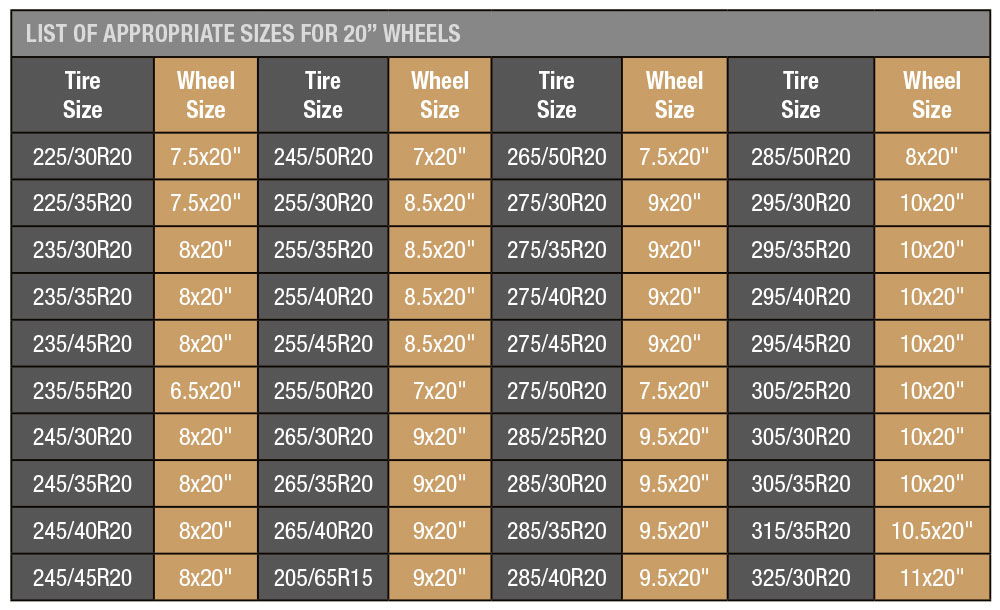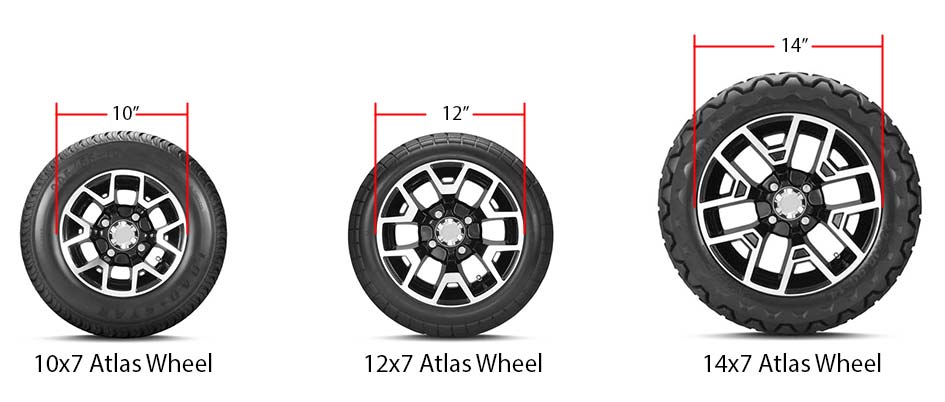
A 17-inch alloy wheel on a Camry XLE, however, was $379. But when it comes to replacing a damaged wheel or tire (or just the replacement tires when the tread is worn), the extra cost can be substantial.įor example, when compared the replacement costs of some wheels and tires, a standard 16-inch steel wheel for a Toyota Camry was $172 to replace at a dealership. If you buy larger wheels as part of an option package on a new vehicle, or get them as standard equipment on a higher trim level, the initial cost may not be that high. The bigger you go, the more expensive the wheels and tires. But replacing a standard 17-inch alloy wheel with an 18- or 19-inch alloy rim will add weight - unless it’s an expensive, lightweight type.īigger wheels cost more money. A steel wheel weighs more than an aluminum alloy wheel, so the latter enhances performance by reducing the unsprung weight. That could also be true of a larger-size wheel. An 18-inch tire, for example, will probably weigh at least a couple of pounds more than a 16- or 17-inch tire. Some potential performance benefits may be offset by the additional weight of the larger tires and wheels. While larger-diameter wheels and tires should improve handling and high-speed performance, lower-profile tires also tend to have a firmer ride and may be noisier than the smaller, standard rubber. With larger wheels and lower profile tires - and the resultant shorter sidewalls - they’re stiffer and there’s less of an air and rubber cushion than before, increasing the chances that hitting a large pothole could damage the tire, wheel or both. By matching lower-profile tire sizing to larger-diameter wheel size, speedometer and odometer readings should change only a little, if at all. If you change to larger wheels without taking sidewall height into consideration, you not only run the risk of damaging the suspension, wheels or tires, you’ll also get incorrect speedometer readings because the wheels are turning at a different speed than before. That means that the height of the sidewall is 55 percent of the width of the tread. If the wheel diameter increases by one inch, the height of the tire should decrease accordingly to compensate, in order to keep the overall diameter the same.įor example, if the original stock tire size is 215/65R17 and you buy 18-inch wheels, the right tire size for the larger rims might be 225/55R18, with the differences being the larger-diameter wheel size, wider tread (225 millimeters instead of 215) and lower profile, 55 instead of 65. Those tires need a lower profile (or sidewall height) to maintain adequate clearance when they go over bumps and potholes, which makes the suspension fully compress and rebound. When you move to a larger wheel diameter (such as from 17 to 18 inches), you need new tires to match. Whether you move to a larger-diameter wheel as an option on a new vehicle or as aftermarket wheels for the car you already own, there are plusses to plus-sizing, but some minuses as well.
#Wheel size comparison install#
It can put your life in risk while you are driving.Larger wheels give cars a more aggressive stance and greater stage presence, which is why automakers install king-size rims on concept cars.

It is because we do not recommend using the tires which differ from your current tires in size more than 3%. If the difference in diameters is bigger than 3%, the result will be in red. Depending on the difference of tires, it can be in green or in red. At the bottom of the table you can see the final recommendation. Tire size comparison calculator instantly shows the difference between the tires and displays it in the table.

Our tire size calculator uses inch measurements by default, but you can switch to metric system (cm) if you want. After you have entered all the parameters, click the green button "Calculate". In the second row you need to specify the size of the new tires, or the tires that you are going to buy. The third field is for disc diameter in inches.

The second box is for height and width ratio in percentages. In the first box you need to choose tire width in inches. These indicators can be easily found on the sidewalls of your tires. In the top row you need to select the size of the tires that are on your car at the moment. This calculator allows you to tell the difference between the tires in inches, centimeters, and percentages. Our tire size calculator will help you estimate the difference of external dimensions of the wheels, height clearance, revolutions per mile and other characteristics, when installing tires of other sizes on your vehicle. Online tire size comparison calculator – choose the right tires for your car


 0 kommentar(er)
0 kommentar(er)
